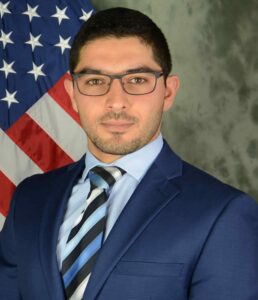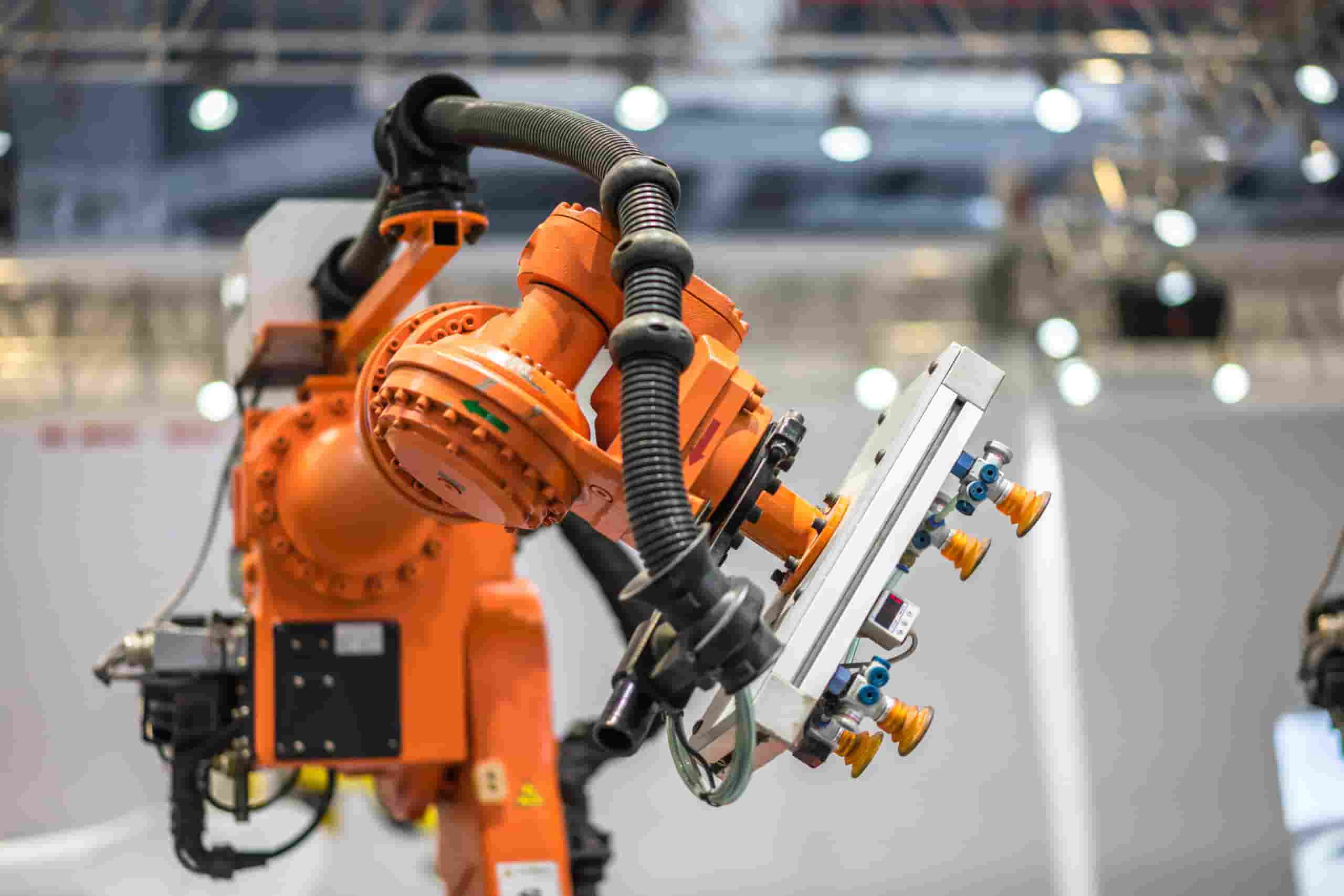
This month, we spoke with Nihad Alfaysale, who is the Government Chief Technology Advisor for the ARM Institute. His advice and support have been invaluable as we continue to address the technology issues that challenge the greater use of robots by both industry and the military. Read through his Five Questions to gain more perspective on his role and impact.
Nihad, tell us a little about your role at the Air Force.
I am the Future Factory Program Lead at the Air Force Research Laboratory (AFRL), Material and Manufacturing Directorate, Manufacturing & Industrial Technology Division (ManTech) and AFRL’s Robotics Portfolio Lead. Our Team’s mission is focused on the research and development of technologies necessary to address manufacturing challenges and affordability throughout the systems development and acquisition life cycle. Recent focuses have been on reducing the touch labor, cycle time, and unit cost through the integration of automation, robotics, XR and IoT into the manufacturing and sustainment processes associated with major airframe components.
How did you become involved with the ARM Institute and the OSD Mantech program?
Three years ago, when I was interviewing for my job at Air Force ManTech, I was approached by Dr. Steven Turek, who at that time was ARM’s Chief Technology Advisor (CTA) and the Transformational Manufacturing lead at Air Force ManTech. He noticed that I have robotics experience, so he asked me if I was familiar with the Manufacturing USA initiative, and at that time I was not. Not long after I started working at Air Force ManTech, I was asked by Dr. Turek & Dr. Greg Hudas (ARM’s Program Manager out of the Army) to support ARM as Deputy Program Manager. When Dr. Turek decided to pursue a new career opportunity, I was asked by my leadership and Dr. Hudas to take over the CTA role and was appointed officially by the Office of the Secretary of Defense (OSD) in December 2019.
What is your role in working with the ARM Institute?
As Chief Technology Advisor, I provide the ARM Institute guidance on how to leverage a wide range of government, military, and contractor personnel on methods, processes, practices, lessons learned and risk mitigation. I also serve as a consultant providing analysis and assessment of enterprise-wide initiatives, projects, or programs with strategic, enterprise, and tactical impacts relative to the organization’s strategy.
In your opinion, how could ARM Institute members best support the needs of the military?
The ARM Institute has already been doing a fantastic job bridging the gap between the Department of Defense (DoD), industry, academia, and non-profits through the power of convening. One of the many examples is the support that ARM’s staff and its member consortium provided to the Summit II & Summit III activities by the Joint Robotics Organization for Building Organic Technology (JROBOT), where DoD maintainers, sustainers and researchers met ARM’s staff and ARM’s Technology Advisory Committee (TAC) to share technical, workforce, software, and operational best practices and discuss robotics gaps/need to align activities for cost-effectively accelerating the adoption of robotics technology in DoD depot and shipyards. These efforts resulted in the selection and funding of five projects by the ARM Institute that are aligned with both DoD and ARM’s consortium needs, development of recommended updated new policy guidance for robotics insertion, and creation of guidelines to address robotics new collar workforce positions in the DoD.
Which ARM technology areas or projects are you most excited about?
Robotic systems that are designed for a single purpose pose challenges for deployment in activities beyond their original design intent. This, in turn, poses a greater risk for the long-term utilization of robots, especially considering the diverse and rapidly changing range of tasks demanded by manufacturers and sustainers. Through the ARM Institute, the Defense Industrial Base (DIB) is developing more versatile robotic systems that can be easily deployed and repurposed for manufacturing and sustainment processes.
ABOUT THE ARM INSTITUTE
The Advanced Robotics for Manufacturing (ARM) Institute accelerates the development and adoption of robotics technologies that are the foundation of every advanced manufacturing activity today and in the future. The Institute leverages a unique, robust, and diverse ecosystem of partners across industry, academia, and government to make robotics, autonomy, and artificial intelligence more accessible to U.S. manufacturers large and small, train and empower the manufacturing workforce, strengthen the U.S. economy and global competitiveness, and elevate our nation’s security and resilience. Founded in 2017 in Pittsburgh, PA by Carnegie Mellon University and operating as an independent public-private partnership funded by the Department of Defense, ARM is part of the DoD Manufacturing USA® network. Learn more at www.arminstitute.org, follow @ARM_Robotics on Twitter or ARM Institute on LinkedIn.
